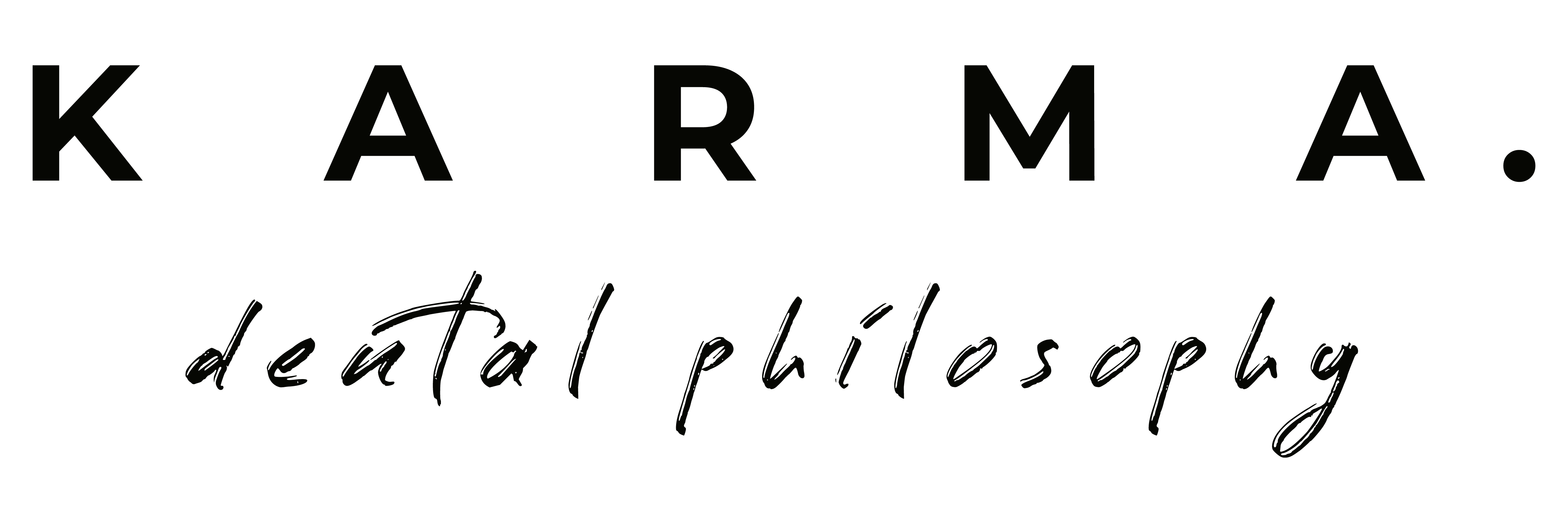Modern Digital Dentistry.
From Analogue to Digital; My journey into the Digital Smile Design Concept
We are in a transformative era in dentistry, with rapid changes in companies, evolving technologies, shifting marketing trends and significant shifts in client behaviors. Simply being a good dentist is no longer enough.
I want to share my journey from analog to digital dentistry, from 2D to 3D. My career has distinctly changed since I embraced the Digital Smile Design (DSD) philosophy. Starting from my first DSD course in 2014 to now, where I proudly serve as a Key Opinion Leader (KOL) on the official DSD team.
DSD is crucial for me, enhancing communication with patients and improving their overall experience, leading to a radical increase in case acceptance. It follows a multidisciplinary, facially driven treatment plan with a holistic approach, my preferred method for any case. To achieve this, understanding how to digitize patients and identifying the best protocols is essential.
DSD has significantly improved the quality of my work, allowing me to consistently design better, plan more effectively, communicate more efficiently with my team and patients, and have greater control over my execution process.
I am excited to share my experiences in Digital Dentistry and DSD, showing practical ways to incorporate these concepts into your daily routine. It would be my pleasure to guide you in implementing these innovative approaches effectively
Learning Objectives:
• Learn the importance of DSD in your treatment planning
• Learn how DSD can improve your communication
• Learn how to incorporate Digital Dentistry in your daily routine
